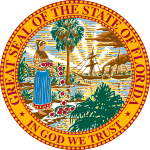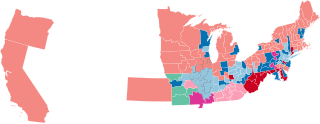
The 1862–63 United States House of Representatives elections were held on various dates in various states between June 2, 1862, and November 3, 1863, during the American Civil War and President Abraham Lincoln's first term. Each state set its own date for its elections to the House of Representatives before the first session of the 38th United States Congress convened on December 7, 1863. The congressional reapportionment based on the 1860 United States census was performed assuming the seceded states were still in the union, increasing the number of congressional districts to 241. West Virginia was given three seats from Virginia after the former broke away from the latter to rejoin the union as a separate state. The seceded states remained unrepresented and left 58 vacancies. Republicans lost 22 seats and the majority, while Democrats gained 28.

The 1860–61 United States House of Representatives elections were held on various dates in various states between August 6, 1860, and October 24, 1861, before or after the first session of the 37th United States Congress convened on July 4, 1861. The number of House seats initially increased to 239 when California was apportioned an extra one, but these elections were affected by the outbreak of the American Civil War and resulted in over 56 vacancies.
The 1850–51 United States House of Representatives elections were held on various dates in various states between August 5, 1850, and November 4, 1851. Each state set its own date for its elections to the House of Representatives before the first session of the 32nd United States Congress convened on December 1, 1851. Elections were held for all 233 seats, representing 31 states.
The 1848–49 United States House of Representatives elections were held on various dates in various states between August 1848 and November 1849. Each state set its own date for its elections to the House of Representatives before the first session of the 31st United States Congress convened on December 3, 1849. The new state of Wisconsin elected its first representatives, and California also held its first congressional elections before officially achieving statehood in 1850, increasing the size of the House to 233 seats.

Jesse Johnson Finley was a brigadier general in the Confederate States Army during the American Civil War and a member of the United States House of Representatives from Florida, following the reconstruction era. He also served as mayor of Memphis, Tennessee; an volunteer officer in the United States Army during the Second Seminole War; a member of the Arkansas Senate; a member of the Florida Senate; and a Circuit Court Judge in Florida.

The 1845 United States House of Representatives election in Florida was held on Monday, May 26, 1845, to elect the first United States Representative from the state of Florida, one from the state's single at-large congressional district, to represent Florida in the 29th Congress. The election coincided with the elections of other offices, including the gubernatorial election, the senatorial elections, and various state and local elections.

The 1846 United States House of Representatives election in Florida was held on Monday, October 5, 1846 to elect the single United States Representative from the state of Florida, one from the state's single at-large congressional district, to represent Florida in the 30th Congress. The election coincided with the elections of other offices, including various state and local elections. The party primaries were held on June 20, 1846.

The 1848 United States House of Representatives election in Florida was held on Monday, October 2, 1848, to elect the single United States Representative from the state of Florida, one from the state's single at-large congressional district, to represent Florida in the 31st Congress. The election coincided with the elections of other offices, including the presidential election, the senatorial election, the gubernatorial election, and various state and local elections.

The 1852 United States House of Representatives election in Florida was held on Tuesday, October 5, 1852, to elect the single United States Representative from the state of Florida, one from the state's single at-large congressional district, to represent Florida in the 33rd Congress. The election coincided with the elections of other offices, including the presidential election, the gubernatorial election, and various state and local elections.
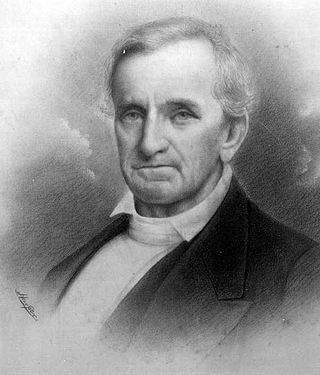
The 1854 United States House of Representatives election in Florida was held on Monday, October 2, 1854 to elect the single United States Representative from the state of Florida, one from the state's single at-large congressional district, to represent Florida in the 34th Congress. The election coincided with the elections of other offices, including the senatorial election and various state and local elections.

The 1856 United States House of Representatives election in Florida was held on Monday, October 6, 1856 to elect the single United States Representative from the state of Florida, one from the state's single at-large congressional district, to represent Florida in the 35th Congress. The election coincided with the elections of other offices, including the presidential election, the senatorial election, the gubernatorial election, and various state and local elections.
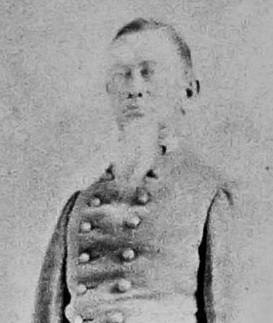
The 1858 United States House of Representatives election in Florida was held on Monday, October 4, 1858 to elect the single United States Representative from the state of Florida, one from the state's single at-large congressional district, to represent Florida in the 36th Congress. The election coincided with the elections of other offices, including various state and local elections.
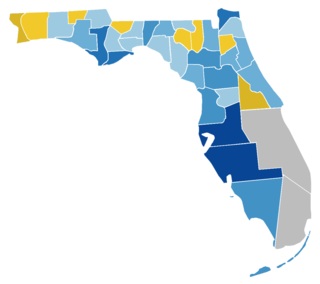
The 1860 United States House of Representatives election in Florida was held on Monday, October 1, 1860 to elect the single United States Representative from the state of Florida, one from the state's single at-large congressional district, to represent Florida in the 37th Congress. The election coincided with the elections of other offices, including the presidential election, gubernatorial election, and various state and local elections.
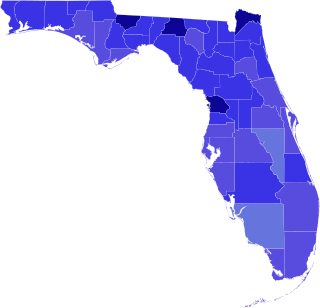
The 1912 Florida gubernatorial election was held on November 5, 1912. Incumbent Governor Albert W. Gilchrist was term-limited. Democratic nominee Park Trammell was elected with 80.42% of the vote.

The 1908 Florida gubernatorial election was held on November 3, 1908. Incumbent Governor Napoleon B. Broward was term-limited. Democratic nominee Albert W. Gilchrist was elected with 78.82% of the vote.

A special election to the United States House of Representatives for Florida's at-large congressional district was held October 6, 1845.

The 1861 Confederate States House of Representatives election in Florida was held on Wednesday, November 6, 1861 to elect the two Confederate States Representatives from the state of Florida, one from each of the state's congressional districts, to represent Florida in the 1st Confederate States Congress. The election coincided with the elections of other offices, including the presidential election and various state and local elections.

A special election to the Confederate States House of Representatives for Florida's 1st congressional district was held February 2, 1863.

Michelle Salzman is a Republican member of the Florida House of Representatives representing the state's 1st District, which includes the northern portion of Escambia County. She was elected to the seat in November 2020, after she defeated Democratic candidate Franscine Mathis in the general election. Prior to that she defeated incumbent Mike Hill in the Republican primary in August 2020.

The 1849–50 Massachusetts gubernatorial election consisted of an initial popular election held on November 12, 1949 that was followed by a legislative vote held on January 7, 1850. The ultimate task of electing the governor had been placed before the Massachusetts General Court because no candidate received the majority of the vote required for a candidate to be elected through the popular election. Incumbent Whig Governor George N. Briggs won the legislative vote and was therefore elected, defeating Democratic nominee George S. Boutwell and Free Soil nominee Stephen C. Phillips.

